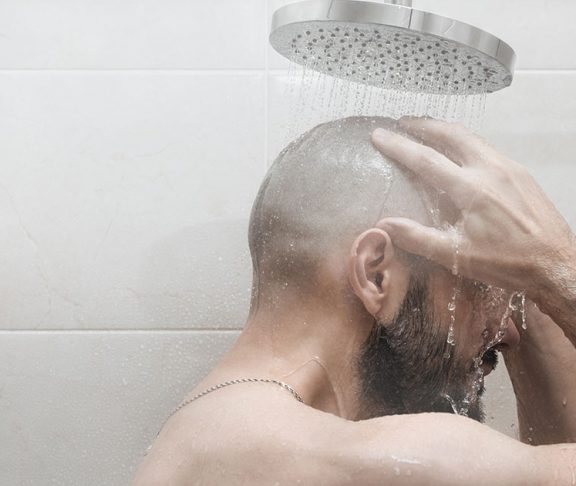Recent high-profile outbreaks at a large hotel in Atlanta, apartments in New York City, a hospital in Chicago, and schools in Connecticut are bringing visibility to the dangers of Legionnaires’ disease.
According to the Centers for Disease Control and Prevention (CDC), Legionnaires’ disease cases have increased by more than 500 percent since 2000, and as many as 1 in 3 people diagnosed with the disease will die.
Legionnaires’ disease is a risk when water containing L. pneumophila is aerosolized and inhaled by susceptible people. Showers, ice machines, fountains, humidifiers, and medical equipment, as well as cooling towers, are just some of the potential sources of L. pneumophila exposure.
But Legionnaires’ disease is highly preventable. The CDC reports 90 percent of Legionnaires’ disease cases could have been prevented by implementing an effective water management plan. To facilitate this, there is now an ANSI-accredited industry standard, ASHRAE Standard 188, which outlines steps building owners should follow to implement an effective water management plan.
Safety as a requirement
While all hospitals and long-term care facilities funded through the Centers for Medicare and Medicaid are already required to implement water management plans, the recently published National Academies of Sciences, Engineering, and Medicine (NASEM) Management of Legionella in Water Systems report recommends all public buildings, including hotels, businesses, schools, apartments, and other government buildings, be required to implement water management plans.
The August 2019 report asserts, “The federal Safe Drinking Water Act does not provide any substantial control of Legionella in water systems.” The NASEM report also proposes regulation that would require regular Legionella testing for all cooling towers that are part of public buildings, as well as for healthcare facility building water.
Testing is integral
Regular testing for L. pneumophila with a reliable culture test at an accredited laboratory is integral to a comprehensive water management program. Results from highly repeatable culture tests enable data-driven decisions to keep building water safe.
Next-generation culture tests, such as the IDEXX Legiolert Test, reduce the variability and dangers of not detecting deadly L. pneumophila in water samples, which are well-documented limitations of traditional spread-plate culture methods. Testing frequencies may range from monthly to annually, based on the plan designed by each facility’s water management team.
The ASHRAE Standard 188 guidance recommends Legionella testing be performed by a laboratory accredited to nationally recognized standards. An accredited laboratory must meet multiple quality requirements and is subject to third-party audits that ensure the laboratory is consistently supplying data of known and documented quality.
Any site where people at higher risk may be exposed (hotels, hospitals, long-term healthcare facilities, cruise ships, etc.) should be checked for the presence of L. pneumophila. L. pneumophila serogroup 1 is by far the most common source of Legionnaires’ disease, but all serogroups of L. pneumophila are dangerous. Regular monitoring and appropriate control measures are essential for controlling this serial killer and preventing deadly cases of Legionnaires’ disease.
Learn more at www.idexx.com/preventlegionnaires.
SOURCE: Idexx Laboratories, [email protected]

